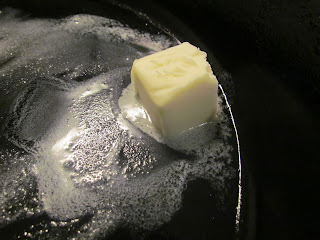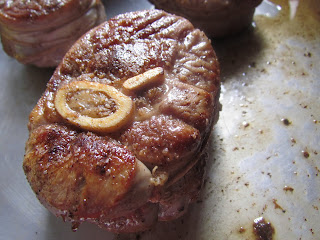Sometimes I sit with a stack and cookbooks and go through them to see what I would like to make or experiment with.
And occasionally it's only informational, other times- I admit- it's just to look at pictures.
Going through one of the Canal House books, I came across a recipe for milk punch. So, initially it was a while back and too warm (to my mind anyway) to think about this type of beverage.
It's not the kind of thing that I would really crave in July.
I'm not always a fan of eggnog- especially store bought... I think I've decided it's a textural issue for me.
Something more akin to a "light" milkshake? Ok. Sounds good to me.
This, on the other hand, has a different texture. It's a frosty and boozy holiday drink. Boozy holiday drinks are all over the place. Boozy and frosty? Not so common.
Other than for flavor and kick, the alcohol helps keep the drink slushy instead of it turning into a complete block of ice.
Just make sure you have space in the freezer before you get started.
Milk Punch
Adapted from Canal House Cooking, Vol. 2
serves 8
3 c whole milk
2 c half and half (light cream)
1 1/4 c bourbon, whiskey, or brandy
1 T vanilla extract
1 c powdered sugar, sifted (measured and then sifted)
Freshly grated nutmeg, for garnish
Mix milk, half and half, booze, vanilla, and sugar in a pitcher or a bowl. Stir well to combine, cover with plastic wrap, and place in the freezer 3-4 hours or until chilled and slushy. Stir the milk punch to evenly distribute the ice crystals and pour into chilled glasses. Top with a nice grating of fresh nutmeg.




























































